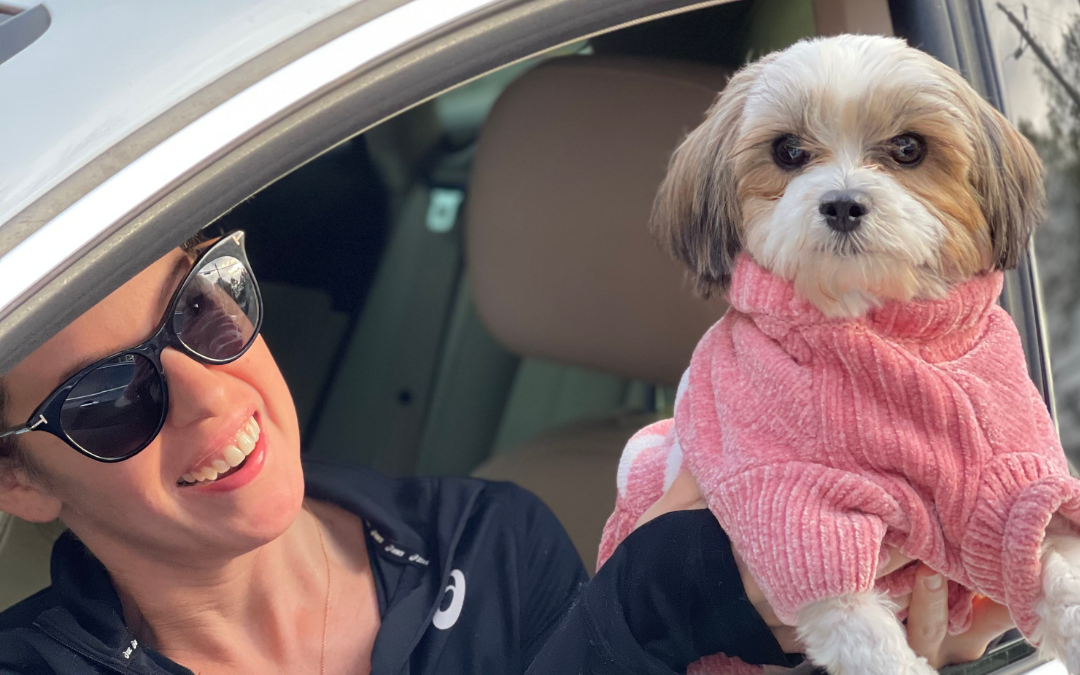Is Curbside Care Here to Stay??
There has been a lot that has happened in the last year and a half. We have completely shut down our country to minimize the spreading of the pandemic, and health care has shifted the way appointments commence. However, one thing has not changed, which is the need for doctors and veterinary care. Curbside has helped make the shift from in-person visits easier, but is curbside care here to stay?
What Professionals Say:
An AAHA article published in April of 2021, most wanted to kick the curbside to the door as fast as it was made possible in the hospitals. After over a year of curbside visits, mandates, opening up, and closing down again, the majority of people that Josh Vaisman talked to were over it. Josh Vaisman is the co-founder and lead consultant at Flourish Veterinary Consulting. The business is located in Boulder, Colorado.
Now headed toward the end of the year, we have seen a spike in numbers again. You are probably wondering the same thing that we are. Is curbside care here to stay? The AAHA article also interviewed veterinary professionals that started their care service on a “drop-off-only” basis. One of them was Pam Nichols, DVM. According to the article, she told her clients, “I was a single mom, and I told my clients that I would happily fit them in, but they just had to trust me, and I would do my level best to get them seen in a reasonable amount of time,” she said. “That was 20 years ago.”
A Pawsitive Outlook on Curbside:
Dr. Nichols told NEWStat in the article that when she opened her new hospital in December of 2019, she had resistance from her staff. They didn’t believe they could develop relationships with the clients if was converted to a drop-off-based clinic. When the pandemic hit, as many hospitals had been forced to, they made a HUGE shift to offer curbside. The doctor now states that her staff loves the idea.
“My doctors all now love the drop-off model,” she said. So do her clients: “They trust us [and] they don’t need to watch us hold their pet. They can [run] errands; they can do anything they want or need to do.”
On the “Ruffer” End of Things:
As we read through the rest of the article, Dr. Hawkins’s staff said the opposite of what Dr. Nichols’s staff had to say. They were reluctant because their client base would have to make two trips for one visit. The first when they dropped off their furry friend and the second at pick-up time.
Dr. Hawkins stated in the article that flextime had been a game-changer for the industry. “If you’d asked for time off work to take your dog to the veterinarian in those days, “Your boss would have laughed in your face.” Pets have become family members. This contributed a lot to their clients being more reluctant of curbside. The clients have started to treat their pets like family and want to be in the room when they are getting treated just as if they were their children.
He also stated in the article that his team has a love-hate relationship with the concept of curbside. The hate part of the relationship, he states, is his team is spending more time coordinating with one another than they are with the clients. Which, when you add the not-so-easy-going clients to everything it makes it even more difficult. The love part of their relationship is that he says they are introverts and would rather not make the small talk that comes with people being in the examination room with the patient.
Speaking of Communication:
While all of these are factors, there is still emphasis from her to create the relationship with clients. As many would think in any situation, it is easier said than done. Communication sure has changed over the years with any occupation. People are now relying on more technology to communicate from the workplace and from appointments that we make.
Is curbside care here to stay? It is hard to tell at this point. Some factors affect both sides of the topic. Whether curbside care is kicked to the curb or here to stay.

